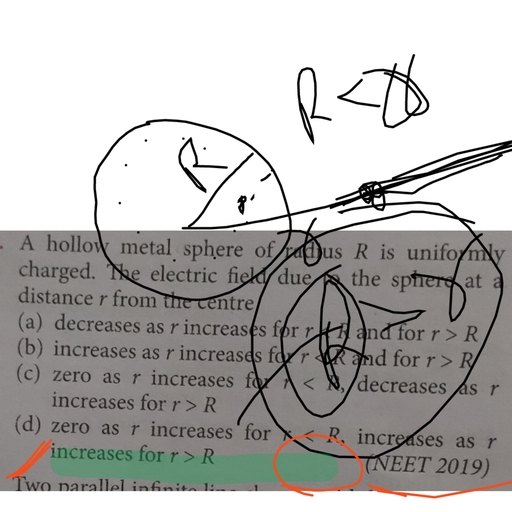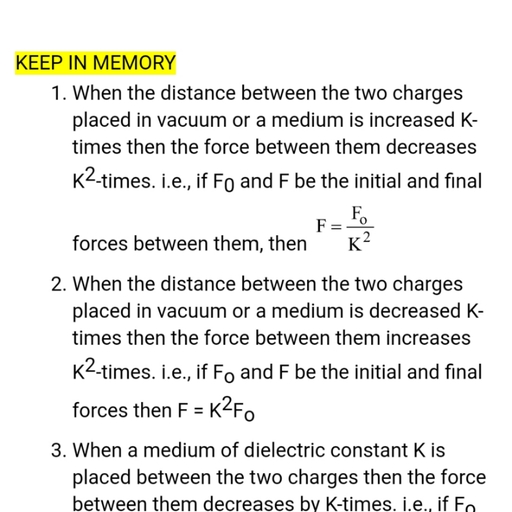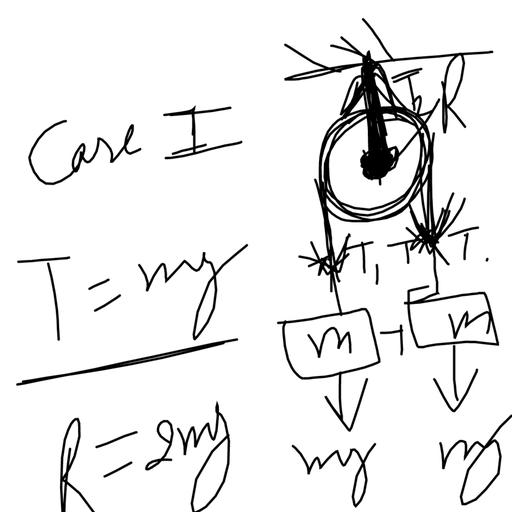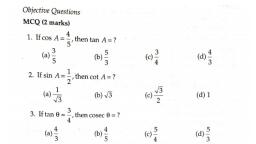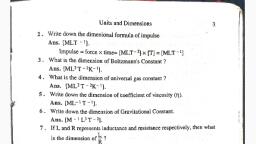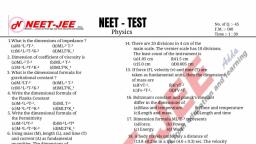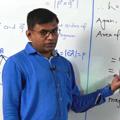Question 1 :
A body moves 6 m north. 8 m east and 10m vertically upwards, what is its resultant displacement from initial position
Question 2 :
The location of a particle has changed. What can we say about the displacement and the distance covered by the particle
Question 3 :
A 150 m long train is moving with a uniform velocity of 45 km/h. The time taken by the train to cross a bridge of length 850
meters is
Question 4 :
A car moves for half of its time at 80
km / h
and for rest half of time at 40
km / h.
Total distance covered is 60
km.
What is the
average speed of the car
Question 5 :
A body has speed V, 2V and 3V in first 1/3 of distance S, seconds 1/3 of S and third 1/3 of S respectively. Its average speed will be
Question 6 :
A particle moves along a straight line such that its displacement at any time t is given by
S= t³-6t²+3t+4 metres
.The velocity
when the acceleration is zero is
Question 7 :
The displacement of a body is given to be proportional to the cube of time elapsed. The magnitude of the acceleration of the body
is
Question 8 :
A particle moves along the sides AB, BC, CD of a square of side 25 m with a velocity of 15
m/s
.Its average velocity is
Question 9 :
A car dealcelerates at a constant rate during a period commencing at t = 0. Which of the displacement time graphs represents the
displacement of the car
Question 10 :
The variation of velocity of a particle with time moving along a straight line is illustrated in the following figure. The distance
travelled by the particle in four seconds is
Question 11 :
A lift is going up. The variation in the speed of the lift is as given in the graph. What is height to which the lift takes the passenger
Question 12 :
A car moving with a speed of 40
km/h
can be stopped by applying brakes after at least 2 m. If the same car is moving with a
speed of 80
km / h,
what is the minimum stopping distance
Question 13 :
A bus is moving with a velocity 10
m/s
on a straight road. A scooterist wishes to overtake the bus in 100 s. If, the bus is at a
distance of 1
km
from the scooterist, with what velocity should the scooterist chase the bus
Question 14 :
A particle, initially at rest, starts moving in a straight line with an acceleration
a=6t + 4 m/s²
. The distance covered by it in 3 s
is
Question 15 :
From the top of a tower, a particle is thrown vertically down wards with a velocity of 10 m/s. The ratio of the distances covered by
it in the 3rd and 2nd seconds of the motion is (Take g = 10 m/s²)
Question 16 :
A particle when thrown, moves such that it passes from same height at 2 and 10s, the height is
Question 17 :
P, Q and R are three balloons ascending with velocities U, 4U
and
8U
respectively. If stones of the same mass be dropped from
each, when they are at the same height, then
Question 18 :
A ball is dropped on the floor from a height of 10 m. It rebounds to a height 2.5 m. If the ball is in contact with the floor for 0.01
sec, the average acceleration during contact is
Question 19 :
Two balls A and B are simultaneously thrown. A is thrown from ground level with a velocity of 20
m/s
in the upward direction
and B is thrown from a height of 40 m in the downward direction with same velocity. Where will the two balls meet
Question 20 :
Three particles A, B and C are thrown from the top of a tower with the same speed. A is thrown straight up, B is thrown straight
down and C is thrown horizontally. They hit the ground with speeds
Va
,Vb and Vc
respectively, then






